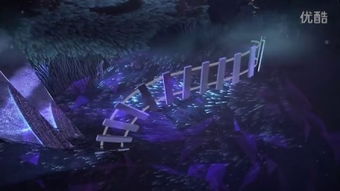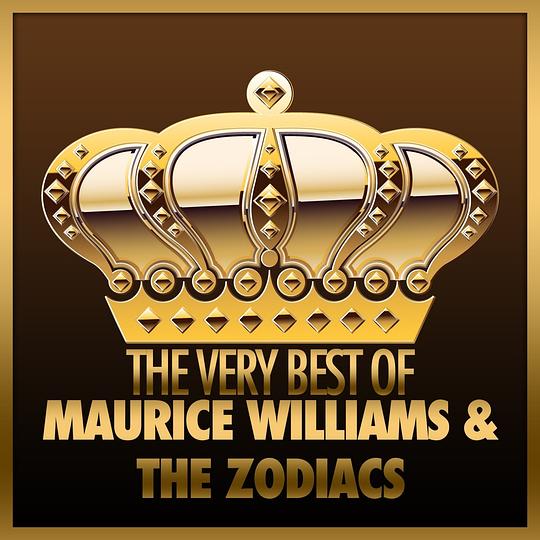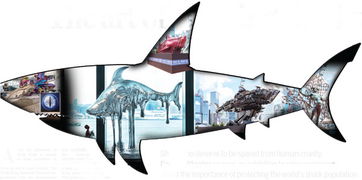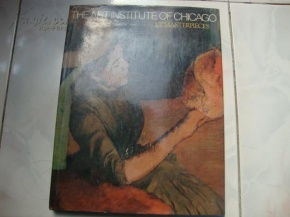Content:
In the digital age, sharing our experiences through video content has become more accessible than ever. Among the myriad of activities that lend themselves to video documentation, fishing has gained a significant following, with many enthusiasts turning to vlogging to share their passion with the world. Crafting an engaging fishing vlog requires more than just pointing a camera at the water; it demands a blend of creativity, technical skill, and a keen eye for detail. Here are some essential tips to help you capture stunning fishing moments through your videos.
Plan Your Vlog
Before you even pick up your camera, it's crucial to plan your vlog. Think about the purpose of your video, whether it's to share a day out with friends, showcase your fishing skills, or provide tips to fellow anglers. A well-thought-out script or outline can help you stay on track and ensure that your video flows smoothly.

Choose the Right Equipment
The quality of your video will largely depend on the equipment you use. Here are some essential items to consider:
- Camera: A high-quality camera with good low-light capabilities is a must. DSLRs, mirrorless cameras, and even smartphones with advanced cameras can work well.
- Lenses: A wide-angle lens is ideal for capturing the vastness of the water and the surrounding environment. A telephoto lens can help you get close-ups of your catch.
- Stabilization: Use a tripod or a monopod to keep your camera steady, especially when filming in windy conditions or from a boat.
- Microphone: A good quality microphone is essential for clear audio. Consider using an external shotgun mic or a lavalier mic for better sound quality.
- Additional Batteries and Memory Cards: Ensure you have enough power and storage to last the duration of your fishing trip.
Lighting and Composition
Proper lighting is key to a great video. Here are some tips:
- Natural Light: Whenever possible, film during the day when natural light is abundant. This will help you capture vibrant colors and avoid the grainy look of low-light footage.
- Flash: If you're filming at night or in low-light conditions, a camera flash can be a lifesaver. However, be cautious as it can disturb the fish and create harsh shadows.
- Composition: Pay attention to the rule of thirds, which suggests dividing your frame into nine equal parts and placing your subjects along these lines or at their intersections. This creates a more balanced and visually appealing composition.
Capture the Action
When it comes to fishing, the action is the star of the show. Here are some tips to capture it effectively:
- Long Shots: Start with a wide shot to give viewers a sense of the environment and the scale of the fishing spot.
- Medium Shots: Gradually move in for medium shots that capture the angler's movements and the action on the water.
- Close-Ups: Use a telephoto lens to get close-ups of the fish, the bait, and the angler's face to convey the excitement and intensity of the moment.
- Time-Lapse: Consider using time-lapse photography to show the passage of time, especially if you're filming over several hours.
Sound is Key
The audio in your video is just as important as the visual content. Here are some tips for good audio:
- Minimize Background Noise: Wind, waves, and other environmental sounds can be distracting. Use a windscreen on your microphone and try to film in a quiet area.
- Record Audio Separately: If possible, record your audio separately using an external microphone. This allows you to adjust the levels and ensure clarity.
- Use a Pop Filter: This will help reduce or eliminate popping sounds when you speak.
Edit Your Video
Post-production is where you bring your raw footage to life. Here are some basic editing tips:
- Trimming: Remove any unnecessary parts of the video to keep your content concise and engaging.
- Transitions: Use transitions sparingly to maintain a smooth flow without distracting the viewer.
- Music: Add background music to enhance the mood of your video. Choose music that complements the fishing theme and doesn't overpower the audio.s and Text**: Use titles and text to provide context or highlight key moments in your video.
Share and Engage
Once your video is ready, share it on platforms like YouTube, Instagram, or TikTok. Engage with your audience by responding to comments, asking for feedback, and inviting them to join you on future fishing adventures.
By following these tips, you'll be well on your way to creating captivating fishing vlogs that not only showcase your passion for the sport but also inspire and entertain others. Happy filming!












